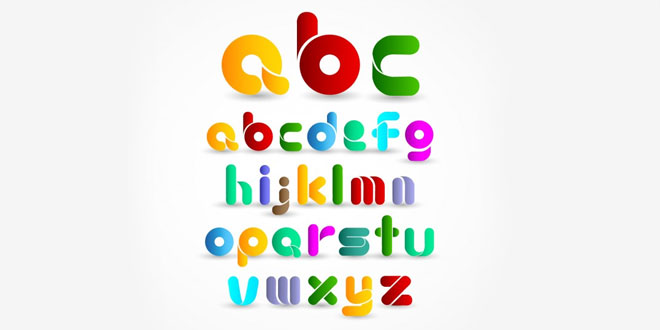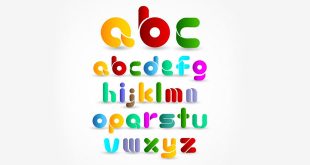Types Of Nouns
Proper Nouns
These nouns are easy to distinguish as they usually begin with a capital letter. These nouns are significant as they either represent entities like the specific name of a person, or a specific place or a thing. Be it the name of months, capitals, countries, historic documents or organisations, they are all specific and are categorized as proper nouns.
- Mrs. Hacket is from New York.
- She graduated from the University of Chicago.
- The classes start from the first week of November.
- On Friday, we have a dinner party.
Common Nouns
These nouns do not appear with capital letters unless they begin a sentence. This set of nouns again refers to a person, place, or a thing in a sentence. You would rather say it to be opposite to that of a proper noun. Common nouns represent common names for similar entities. In some cases, the same word can also function both as a common noun and also as a proper noun.
Examples:
- The writer appreciated her effort.
- The child complained to the teacher.
- This city is inaugurating a new shop.
Concrete Nouns
Concrete noun is a noun that you can identify through your physical senses and it can be anything or anyone. A noun that you can touch, hear, smell, see or taste is categorized as concrete noun. Human beings, animals and even things fall under this category. They can also be defined as entities that occupy space.
Example:
- Mary cuddled the puppy under her warm jacket.
- The teacher lives down the lane.
- Our neighbor bought a new cat.
- The airplane crashed when it was about to land.
Abstract Nouns
Unlike concrete nouns, these nouns cannot be perceived through the five senses. It rather refers to feeling, virtues, concepts and/or ideas such as hatred, honesty, awareness etc. Things that can be grasped only using our mind fall under the abstract nouns.
Example:
- Catherine spent her childhood in London.
- You will succeed if you work with full dedication and hard work.
- He was curious to know his results.
Countable Nouns
This form of common noun can appear to be in singular as well as plural form and, as the name suggests, is countable. These nouns attach with either exact entities or infinite ones to provide sense to a statement or sentence. In a plural sentence, you can change the singular noun into plural and attach it to the sentence.
Examples:
- Our neighbor has a pet dog. (Singular countable noun)
- Our neighbor has pet dogs. (Plural countable noun)
- I want an orange. (Using indefinite article a, an)
- Could you lend me a pen?
- I have a few notes to read. (few, hence countable)
- There are many girls in my class. (Many is a lot but countable)
Uncountable Nouns
This type of noun usually appears as a mass noun which does not have a plural form and hence is not countable. It always appears as a singular verb in a sentence and cannot combine with words that indicate number. They are usually similar to the set of collective nouns and opposite to countable.
- There is too much sugar in this tea. (How much? No exact number)
- I drank some milk yesterday. (How much is some? Fluids cannot be counted)
Collective Nouns
Collective nouns, as the name suggests, are names given to groups of things, animals or people. The individual members of the group are single entities but when many of the same nature come together, then the group also becomes a single entity and can take both singular and plural forms. In order to establish a subject-verb agreement, you must identify these nouns effectively and consider them as individual units.
Examples:
- The faculty of that school is very good.
- My brother craves to join the army.
- Last week, we had a committee meeting at our place.
Compound Nouns
Compound nouns are formed from combinations of two or more words like (noun + noun) or (adjective + noun), (verb +-ing + noun), (verb + preposition), (noun + prepositional phase), (preposition + noun). These nouns appear as a single unit and can be recognized clearly. They can also be modified using adjectives and nouns.
Examples:
- Raj cleaned the blackboard. (black + board = adjective + noun)
- She’s going to the swimming pool. (swimming + pool = verb + -ing + noun)
- My mother-in-law is coming next week. (mother + in + law = noun + preposition + noun)
- The police caught the underworld criminals. (under + world = preposition + noun)
This basic picture of noun classification, as given above, must give you an idea of how to identify and use various types of nouns in different conditions. Using this article, you can easily work out the relevant exercises that you come across, and build your base even better as far as nouns are concerned.
 Class Notes NCERT Solutions for CBSE Students
Class Notes NCERT Solutions for CBSE Students


